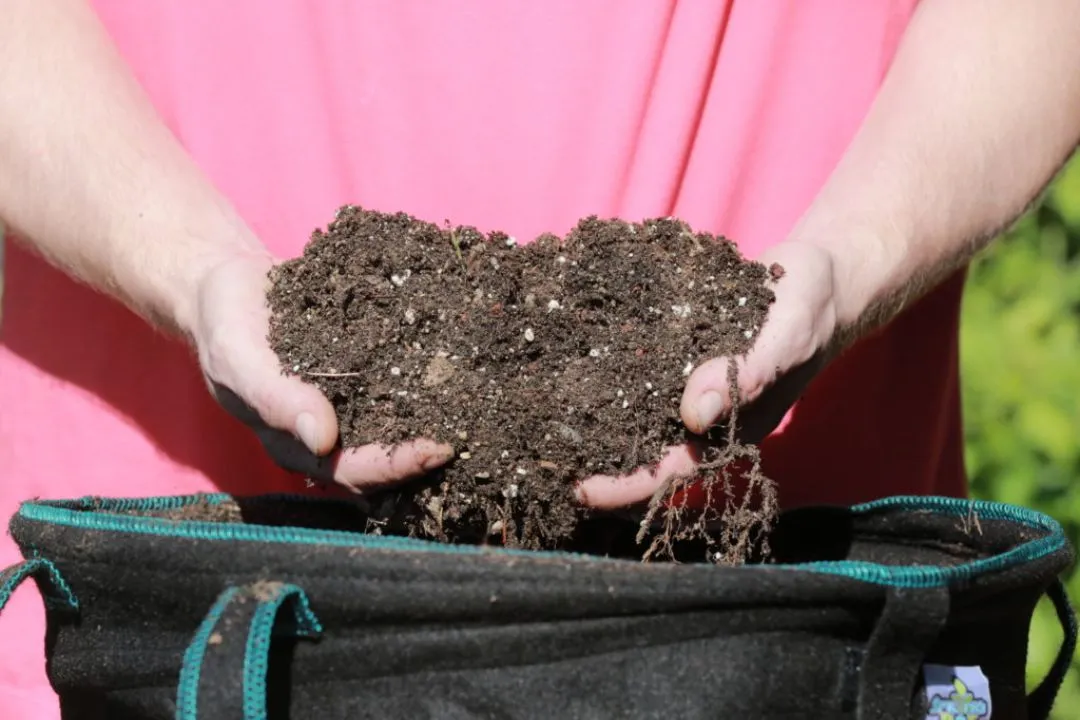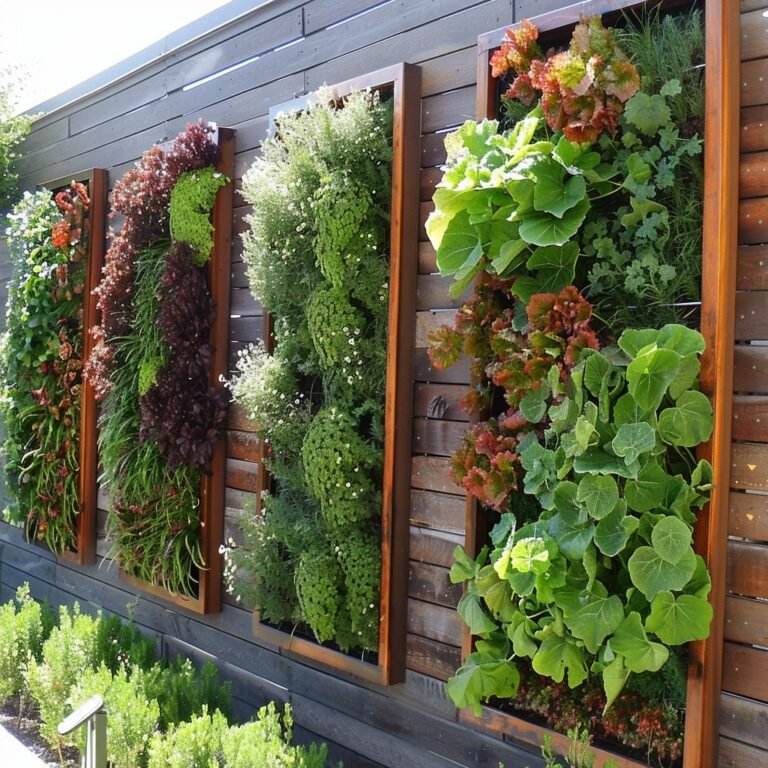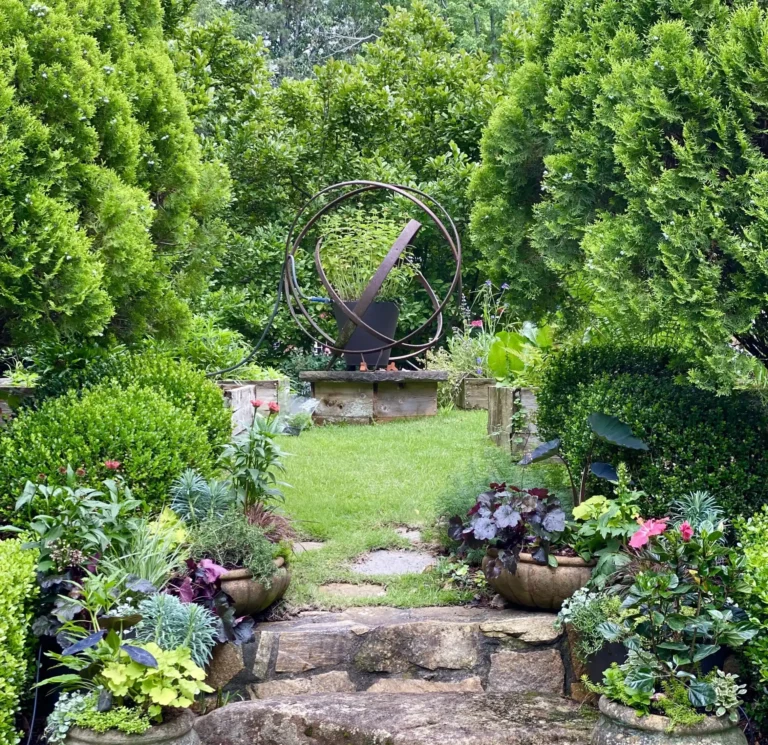Should You Reuse Your Old Potting Soil? With Precautions!

Keeping your leafy friends happy and healthy takes more than just sunlight and water – it requires good-quality potting soil too. So when it comes time to refresh your plant’s living quarters, should you reuse that old potting mix or start fresh?
Yes, you can reuse old potting soil, but with some precautions. Reused potting soil needs to be refreshed with nutrients and checked for diseases before planting new things. You can also add it to your outdoor garden beds instead of reusing it in pots.
Let’s dig into the pros and cons of reusing old potting soil. Also, get to know, how and when to reuse old soil.
Table of Contents
Why Reusing Potting Soil Seem Tempting?

We get it – high-quality potting soil can take a real bite out of your gardening budget, especially if you have a lot of potted plants to tend to. It’s only natural to wonder if dumping out all that “used” soil is really necessary. Here are a few reasons you might be eyeing that old potting mix for a second act.
- Waste not, want not. Tossing soil after just one use can feel like throwing money down the drain. Why let it go to waste?
- More bang for your buck. If you’ve splurged on premium soil amendments like perlite or vermiculite, you probably want to stretch their value as far as possible.
- Convenience factor. Sometimes a trip to the garden center for fresh potting soil is a hassle you’d rather avoid, especially for just one or two plants.
But What’s the Problem with Reusing Potting Soil?
As much as we’d love to give that old soil another go-around, there are some compelling reasons to reconsider.
- Nutrient depletion: Over time, your plants use up a lot of the nutrients in their potting mix, leaving it pretty spent. Unlike garden soil, potted soil can’t easily be replenished.
- Pest and disease risks: Used potting soil can harbor fungal spores, bacteria, and even pest eggs. While these threats can sometimes be destroyed, preventing pests and mealybugs isn’t always a sure thing though.
- Mineral salt buildup: Fertilizing, especially with tap water, causes mineral salts to accumulate in the soil over time. In high concentrations, these salts become toxic to plants.
- Compacted and collapsed: The light, fluffy texture of new potting soil comes from tiny air pockets that eventually collapse, causing compaction. Lack of oxygen and poor drainage are bad news for roots.
While there may be some savings in reusing old potting soil, the risks to your plants’ health can outweigh the financial benefits. Lackluster growth and sickly plants will likely cost you more in the long run.
So How Can You Responsibly Refresh Your Potting Soil? 4 Steps to Follow!
If you’re determined to get a second life out of your old potting mix, you can’t just scoop it from one pot to another and call it a day. Follow these steps to minimize risks and help refresh the soil.
Step 1: Give It a Checkup

Some potting soils are riskier to reuse than others. Before you even consider recycling your old mix, ask yourself:
- Does the soil look moldy or smell funky? Soil with visible fungus or a rotten odor should be tossed.
- Were the previous plants chronically plagued by pests or disease? Soils from sickly plants are more likely to be contaminated.
- How long has this soil been in use? The older it is, the more depleted and compacted it’s likely to be. Aim to reuse soil no more than 2-3 times.
Step 2: Flush It (Optional)

Flushing soil with plenty of water can help remove some of the accumulated mineral salts, but it also washes away nutrients. While not strictly necessary, it can be helpful for soil that’s been heavily fertilized. Here’s how.
- Let the potting soil dry out completely.
- Place it in a clean pot or container with good drainage.
- Slowly pour water over the soil surface until you see it seeping out the bottom.
- Let it drain for a few hours, then repeat the flushing 3-4 more times.
- Allow the soil to dry completely again before proceeding.
Step 3: Sterilize It

To kill off any lingering pests, weed seeds, or disease pathogens, sterilizing old potting soil is an important step you shouldn’t skip. There are two main methods.
- Oven Method
Spread soil in an even layer on a baking sheet or dish and cover with foil.
Bake at 180-200°F (82-93°C) for at least 30 minutes.
Let cool completely before handling.
- Sun Method
Place soil in a black plastic bag or sealed container.
Set in a sunny spot for 4-6 weeks to solarize.
Avoid opening until ready to use.
Step 4: Revive It

To help restore the soil’s texture, drainage, and fertility, you’ll want to mix in some new ingredients:
- Break up the sterilized soil and sift to remove old roots, debris, and depleted soil particles.
- Mix 1 part recycled soil + 1 part fresh potting soil or compost + 1 part aggregate like perlite or coarse sand.
- Consider adding a slow-release fertilizer or other soil amendments based on your plants’ needs.
Once your refreshed potting soil is blended, it’s ready to use. Just remember to keep a close eye on plants potted up with recycled mixes and adjust your care as needed to keep them looking their best.
Recommended Articles: Improve Your Garden’s Soil Quality
FAQs
For more valuable insights, have a look at the Q&A below.
Q: Can I reuse potting soil from plants that died due to unknown causes?
No, it’s best not to reuse soil from plants that died without a clear reason, as the soil may contain harmful pathogens or pests that could infect your new plants.
Q: Is it okay to mix old potting soil with garden soil for outdoor plants?
While it may seem like a good idea, mixing old potting soil with garden soil is not recommended. Potting soil has different properties and may not provide the same benefits as garden soil. It’s best to use the refreshed potting mix for container plants only.
Conclusion
Still on the fence about whether to reuse old potting soil? Consider splitting the difference – recycle some soil to use for hardier, less demanding plants and splurge on a fresh mix for your pickier plant friends.
With a little planning and creativity, you can save a few gardening dollars without skimping on your green thumb duties.
So what do you think – ready to give that “used” soil a new lease on life, or committed to always starting fresh? Let us know in the comments! And as always, happy gardening.






